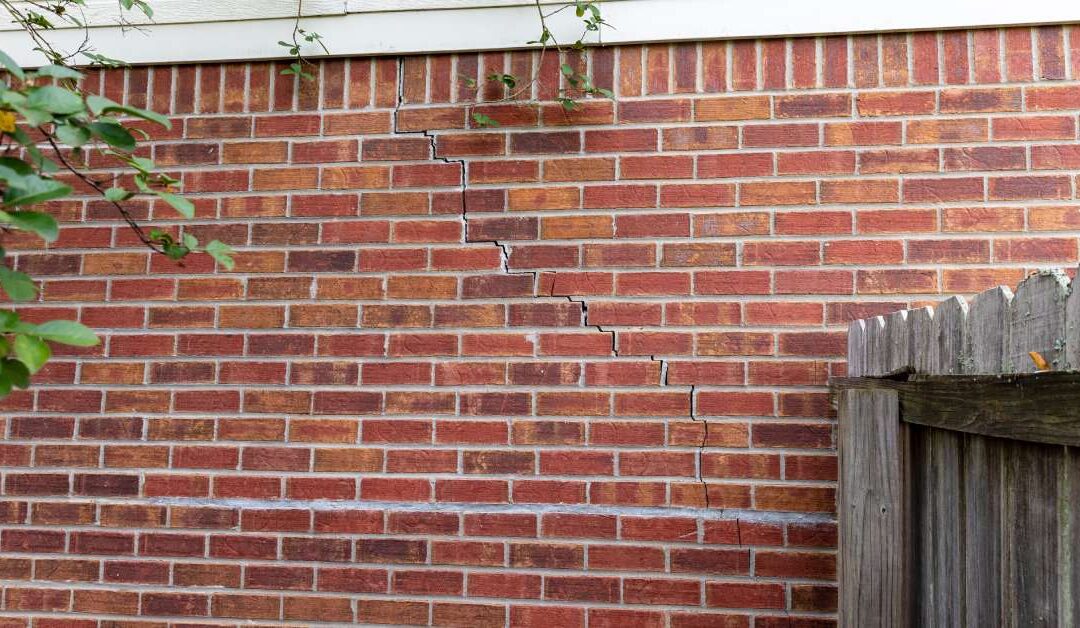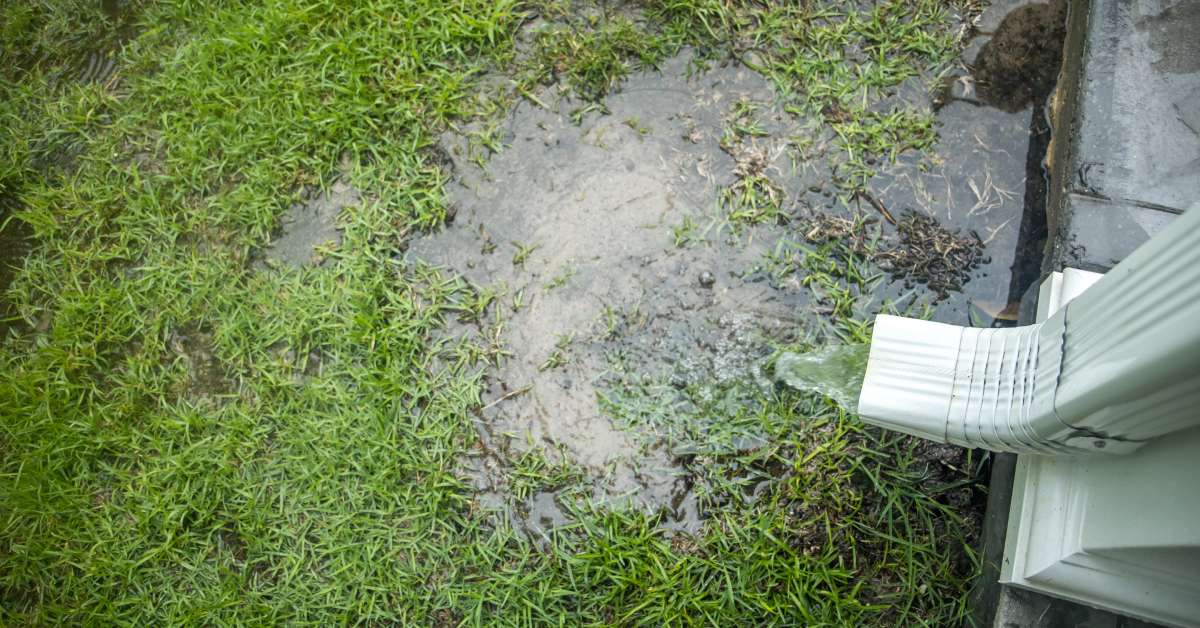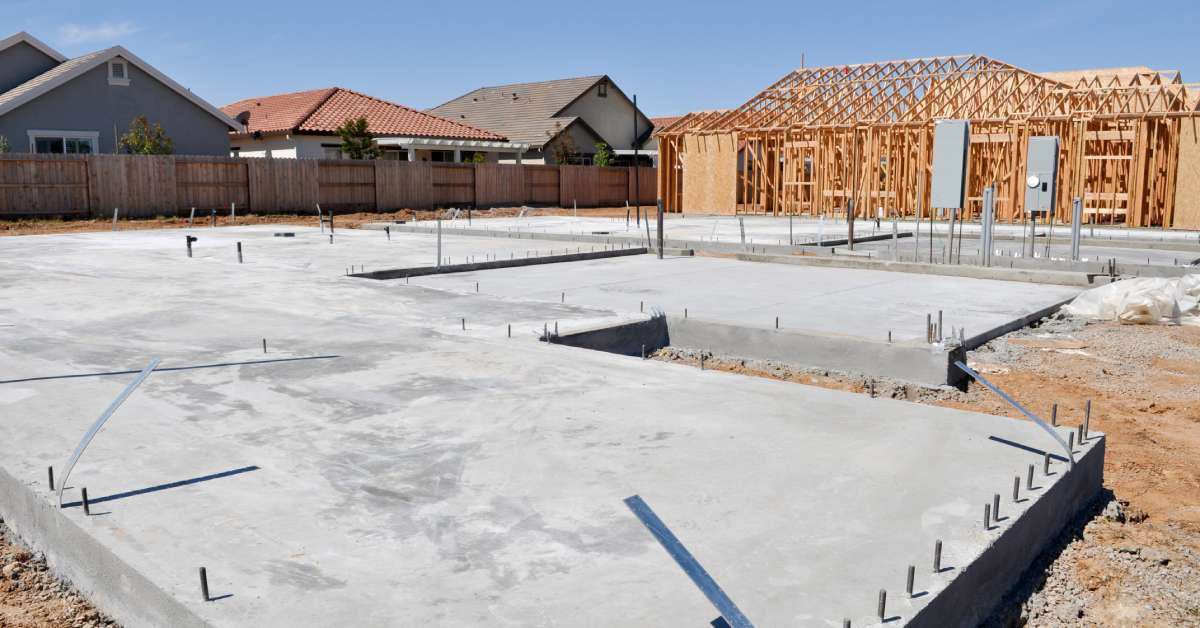Taking care of your home’s foundation is a big responsibility for any homeowner. A strong foundation ensures the stability and longevity of your property, but neglecting it can lead to significant damage and costly repairs. Understanding the causes of foundation issues makes it easier to spot and treat problems. Explore some common causes of foundation issues and how they can affect your home.
Soil Conditions
The type of soil your home sits on plays a role in the condition of your property’s foundation. Shifting soil due to varying moisture content can cause the foundation to settle unevenly. When soil absorbs water, it expands; when it dries out, it contracts, leading to movement that stresses the foundation.
Expansive clay soils, like the soil in Houston, are problematic because they can exert considerable force on the foundation as they swell and shrink with moisture changes. Install drainage systems around your home to manage natural fluctuations in clay soil moisture and direct water away from the foundation.
Settling
Over time, soil particles consolidate and compact under the weight it supports. The settling process can cause parts of the foundation to sink and create an uneven base for your home.
When the foundation settles unevenly, it can lead to cracks in walls, floors, and other structural elements. These cracks are not just cosmetic; they indicate deeper issues that you need to address as soon as possible. Ignoring settling problems can exacerbate the damage and lead to more significant structural concerns.
Polyjacking for Settling Soil
A residential foundation contractor can address settling with polyurethane foam jacking, a process that involves injecting high-density polyurethane foam into the soil beneath the foundation. As the foam expands, it lifts and stabilizes the foundation while filling voids and providing a level base. This method is minimally invasive, quick to implement, and provides long-lasting results for homeowners facing foundation settling.
Water Damage
Water is one of the most common causes of foundation issues. Water accumulation around the foundation often results from poor drainage systems and can weaken the structure. When not directed away from the home, water can seep into the soil, increase its moisture content, and cause it to expand.
Leaks from plumbing or flooding can also introduce large amounts of water to the soil around the foundation. Over time, constant exposure to moisture can erode the foundation materials, leading to cracks and other serious damage. Adequate drainage and regular inspections are essential to prevent water-related foundation problems.
The following systems can help you understand and manage your property’s drainage needs:
- French drains are gravel-filled trenches containing perforated pipes that redirect surface water away from your home’s foundation.
- Gutters and downspouts collect and convey rainwater from the roof edges to a safe distance away from the home’s foundation.
- Grading involves sloping the ground away from the foundation so that water naturally flows away from the home.
- Swales are shallow, vegetated channels designed to manage stormwater runoff by guiding it away from the home’s foundation.
Tree Roots
While trees are beautiful and great for shading a property, their roots can cause significant foundation issues. Large tree roots growing near the foundation can exert pressure on the structure, leading to cracks and movement. The roots absorb moisture from the soil, which can cause the soil to contract and destabilize the foundation.
As tree roots grow underground, they can also cause the soil to shift. This can lead to uneven settling of the foundation and create structural imbalances.
Tips for Planting and Maintaining Trees
When planting trees near your foundation, choose species with non-aggressive root systems and plant them at a safe distance, typically at least 20 feet away from the house. Regularly inspect the tree roots to prevent them from encroaching on the foundation and disturbing the soil’s stability. Keep in mind that improper planting techniques can lead to tree instability and increased vulnerability to disease and pests, so hire a professional to care for the roots if need be.
Finally, consider installing root barriers to direct root growth away from the foundation and maintain a healthy balance in the surrounding soil. These barriers can be made of plastic, metal, or concrete and should extend at least two feet below the ground surface to prevent roots from growing under them.
Poor Construction
Poor construction practices can lead to foundation slab instability. For example, using subpar materials or improper construction techniques can compromise the foundation’s strength. When the foundation cannot handle stress over time, it can result in safety hazards for homeowners.
When you or your homebuilders lay the foundation for your home, the soil must be compact. Failing to do this can lead to uneven settling and instability. Additionally, failing to use adequate reinforcement materials like steel rebars can result in weak foundation structures susceptible to cracks and damage over time.
Earthquakes or Seismic Activity
Seismic activity refers to the occurrence of vibrations, tremors, and movements in the Earth’s crust. While not entirely common in the Houston area, tremors and ground movement can put immense pressure on a foundation. Homes in seismic zones are particularly vulnerable to foundation issues caused by earthquakes.
During an earthquake, the ground shifts, which can cause the foundation to crack or even collapse. Even minor tremors can weaken the foundation over time, making it less capable of supporting the structure. Homeowners in seismic zones should take extra precautions to reinforce their foundations, such as installing bracing or shear walls and using flexible connectors for gas lines and water heaters.
Fix Foundation Problems ASAP
Soil management, drainage systems, and tree planting protect the integrity of a structure’s foundation. Regular maintenance and inspections play a crucial role in the early detection and mitigation of problems. If you notice cracks in walls, doors that no longer close easily, and uneven floors, contact a foundation repair specialist to assess the damage and recommend appropriate solutions.
Ignoring foundation problems can lead to severe damage in and around your home, such as wall and floor cracks, uneven flooring, and even compromised structural stability. Swift action prevents damage from worsening, minimizes repair costs, and keeps your home safe. By addressing foundation issues promptly, you can protect your living space.



